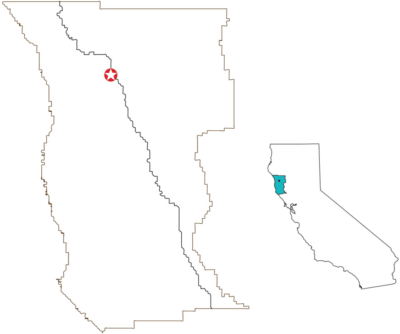WELCOME TO LAYTONVILLE
About Us

Laytonville, a rural, unincorporated community of northern Mendocino County is a federally designated Frontier Community with an unofficial population count of about 3,000.
Located 160 miles north of San Francisco, Laytonville is in the heart of Redwood country where the tallest trees in the world reside.
Valley Oak trees and mixed forests of timber surround the town of Laytonville, and evergreen trees are a part of the beautiful mountain landscape.
Highway 101 runs through the center of Laytonville and is considered the “highest” town on Highway 101 due to its elevation of 1,670 feet.
Laytonville is part of the “Long Valley” and the town of Laytonville is about 5.4 square miles in size.
The outlying areas of Laytonville, which include mountain communities, are located 30-60 minutes from the town center. The mountains are higher than 3,000 feet in elevation and areaccessed through gravel roads and private driveways.
The Eel River and Ten Mile Creek are the major waterways of Laytonville, although an underground aquifer supplies the town’s water district with water. Other residents, who live outside the water district rely on mountain springs, or water trucked in from town for their water supply.
Laytonville is approximately 30 miles to the East of the Pacific Ocean and is accessed by Branscomb Road, a windy-one lane road that goes through the town of Branscomb, once home to one of Mendocino County’s largest lumber mills.
Ethnically the population of Laytonville is 14% Native American and 8% Latino, and 78% White. Twenty-five percent of the population is under the age of 18. Thirty percent of Laytonville’s children under 18 live in poverty. Laytonville Unified School District (LUSD), which coordinates K-12 education for the region, has a total enrollment of 404 and is more ethnically diverse than that of the population overall, with 11% Hispanic, 68% White/non-Hispanic, and 17% Native
American.
The dying timber industry has impacted the local economy, and 45% of the community now live on annual incomes of $25,000 or less, compared with 25% statewide.

